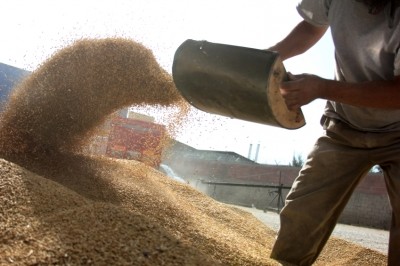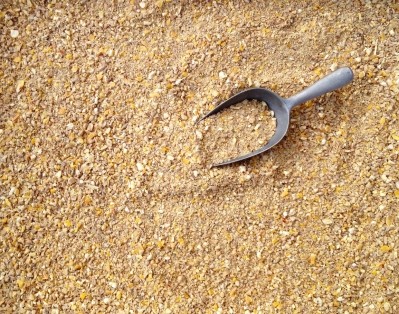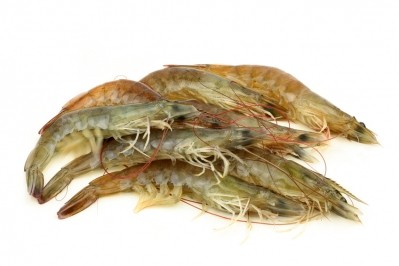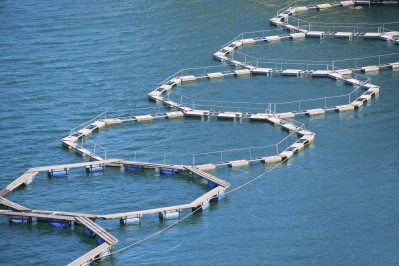Canada approves fishmeal and fish oil feed ingredients from biotech salmon
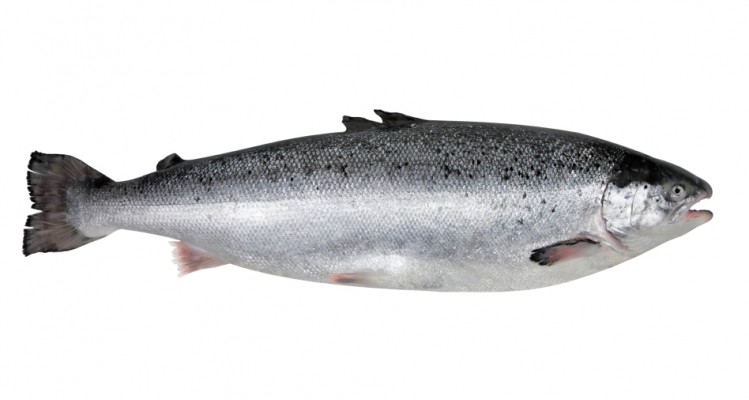
The Animal Feed Division (AFD) of the Animal Health Directorate of the Canadian Food Inspection Agency (CFIA) announced the approval last week.
“The CFIA has determined that feed ingredients derived from this animal with a novel trait do not present livestock feed safety or nutrition concerns when compared to feeds derived from salmon currently permitted to be used as livestock feed in Canada,” the agency said.
The AquAdvantage Salmon (AAS) are expected to be produced commercially using in-land tank systems in Panama, said the CFIA. Feed ingredients like fishmeal or fish oil would be generated from adult salmon.
The Massachusetts-based company said it was pleased to receive the approval for use of the genetically modified, quick-growing fish in Canada as it would help alleviate some of the strain placed on the ocean and environment.
“Alongside the approval by the FDA [US Food and Drug Administration] in November 2015, there are now two independent reviews by two of the most sophisticated and demanding regulators in the world and both have come to the same conclusion,” said Ronald Stotish, CEO.
Fish development
The AquAdvantage salmon has been genetically manipulated to offer an enhanced growth rate during early development when compared to other salmon of the same variety, said CFIA. The trait was introduced through injection into salmon eggs.
The salmon variety was developed to reduce the time needed to raise the fish for market, the agency said. It was created using recombinant DNA technology and involved adding a growth gene from a different variety of salmon.
“The Chinook salmon GH-1 protein in AAS operates within a regulatory framework of less tissue specificity than native growth hormone expression in Atlantic salmon, resulting in the enhanced growth displayed by AAS in early life,” the agency said. Details on the process used and the novel protein were provided.
Approval details
Feed ingredients made from the fish were approved starting May 19, said the CFIA. The fish also remains bound by the same zoosanitary import requirements that apply to other salmon and it has to meet standards of additional agencies including the Food and Drug Act and the Canadian Environmental Protection Act.
The fish was approved for use because it was determined that the novel Chinook GH-1 protein-based enhanced growth trait does not add characteristics to the salmon that generate concerns regarding either its nutrition or safety, said the CFIA.
The fish was found “to be as safe as and as nutritious as currently and historically grown salmon varieties,” the agency said. “AAS and its products are considered to meet present ingredient definitions.”
Samples were collected during 10 independent crosses of the fish conducted from 1997-1999 and compared to control salmon, said the agency. “Nutritional components of AAS, such as proximates, vitamins, minerals, amino acids, and fatty acids, and levels of growth hormones and other hormones in the salmon were compared to those of the unmodified control salmon and reference salmon,” it added.
The AFD examined both unintentional and intended effects, similarities and differences between the modified salmon and traditional salmon in its assessment of the feed ingredients that could be created, said the CFIA. The group also evaluated if items generated using the fish would fit the definitions listed in Canadian feed regulations.
In the comparisons, the fish was found to have some nutritional differences from the control group salmon, said the agency. However, those variations fell within the known “composition range” for the species.
“It was concluded, based on the evidence provided by AquaBounty Technologies that the nutritional composition of the AAS is similar to that of the sponsored control and farm control salmon and to salmon in the commercial market place,” the agency said. “Furthermore, it is concluded that feed ingredients derived from AAS will have nutritional composition equivalent to that of those feed ingredients derived from conventional salmon.”
Additionally, any feed ingredients generated are not considered to carry an altered contaminant profile, disease vector possibility or drug residue profile, when compared with wild or farm raised salmon, the agency said.
If new data regarding potential risks to the environment, livestock or human health from use of the engineered fish arises, the company is required to tell the CFIA.
Additionally, feed ingredients made from any salmon lines that were derived from the fish also have been accepted, said the agency, provided those additional lines do not include inter-specific crosses; the uses intended are similar and the fish do not have other novel traits.
